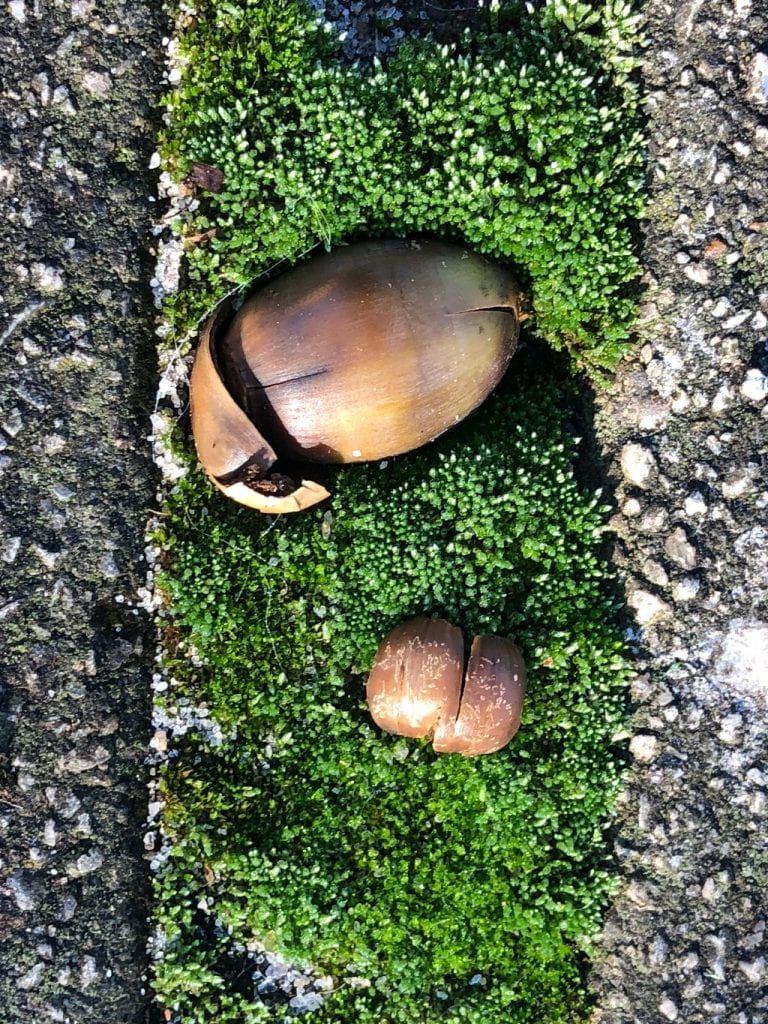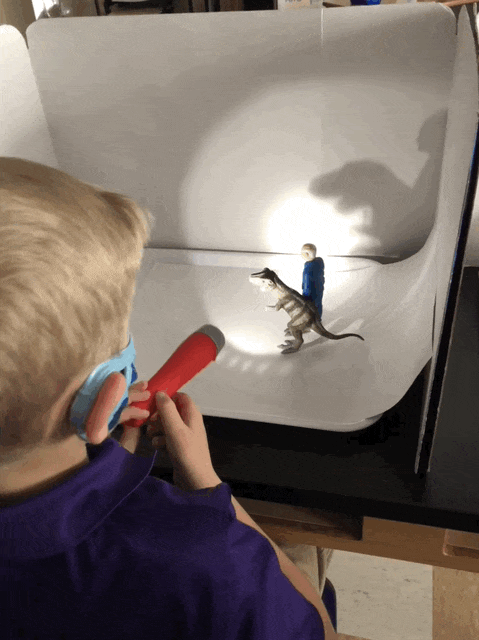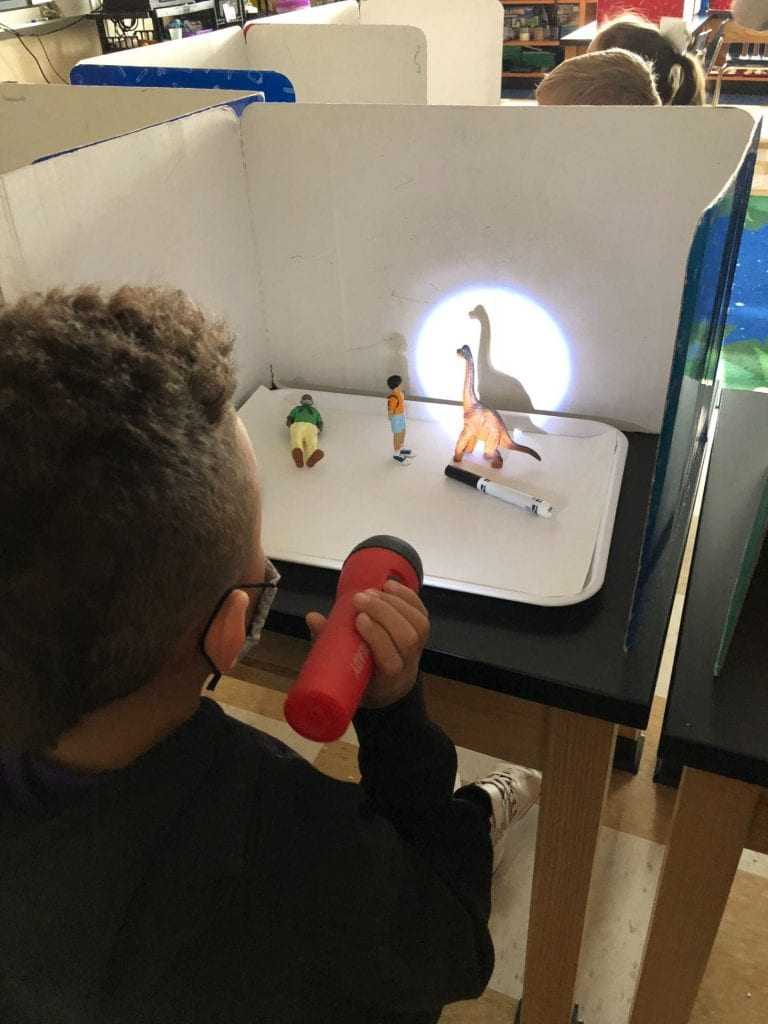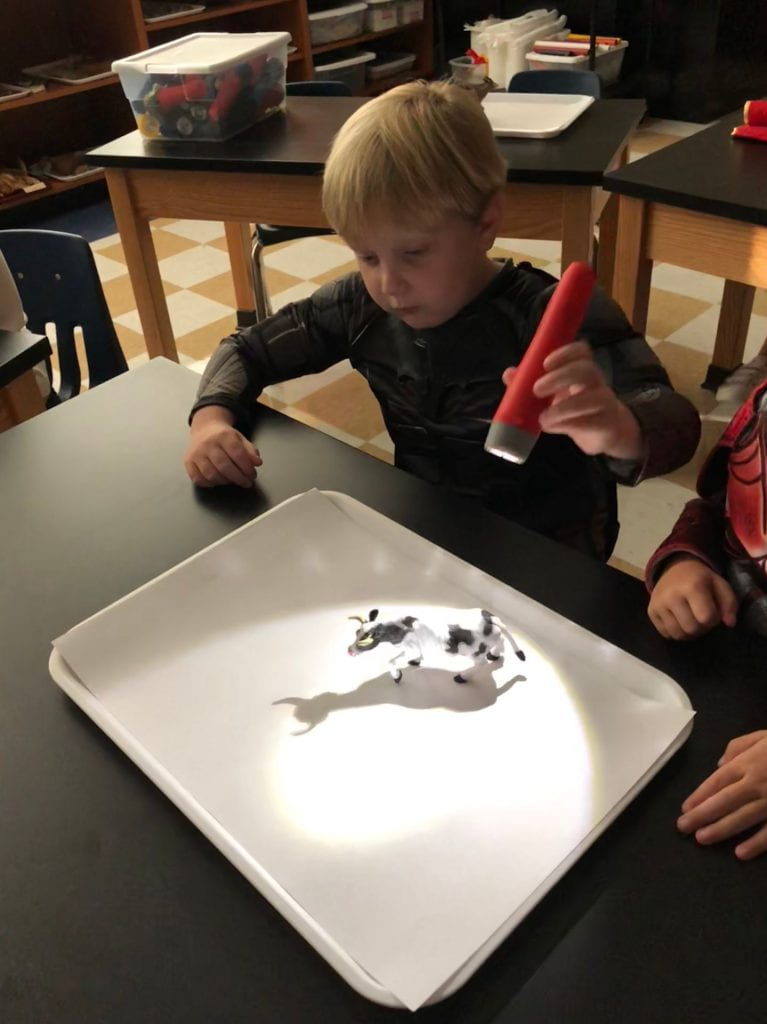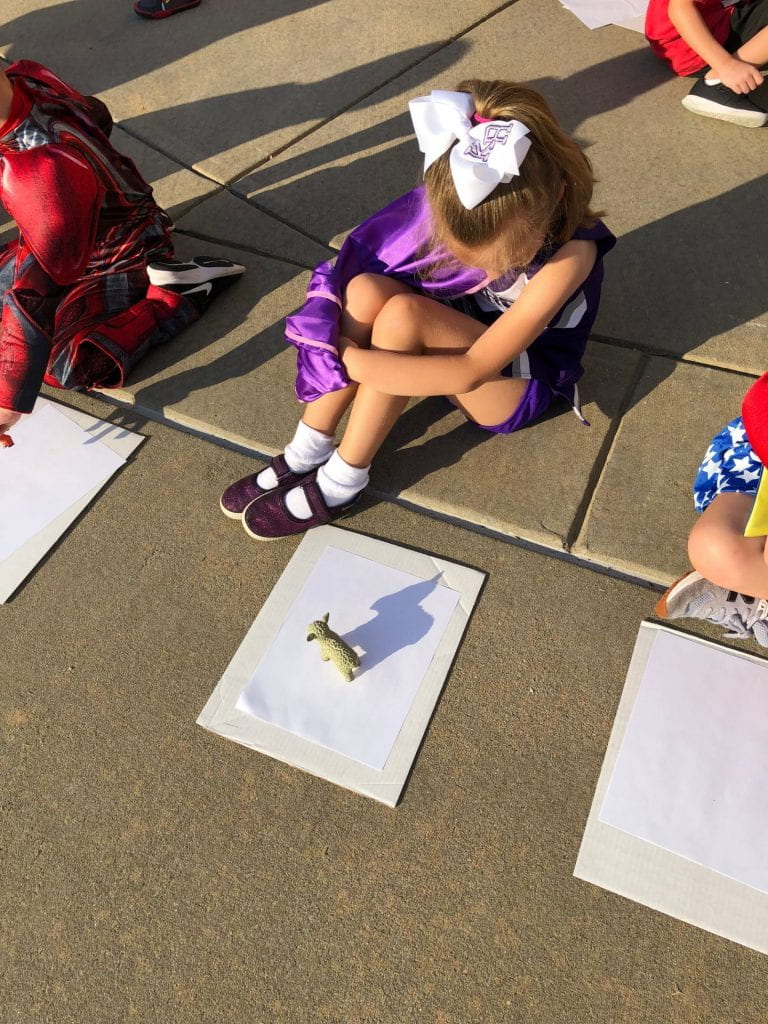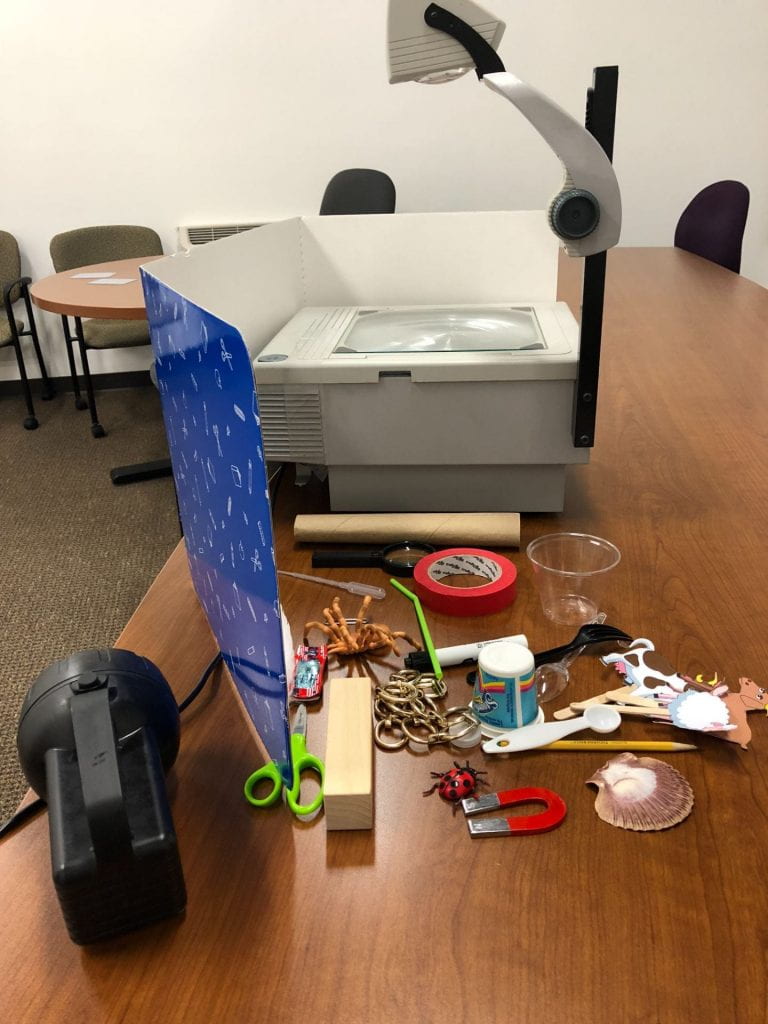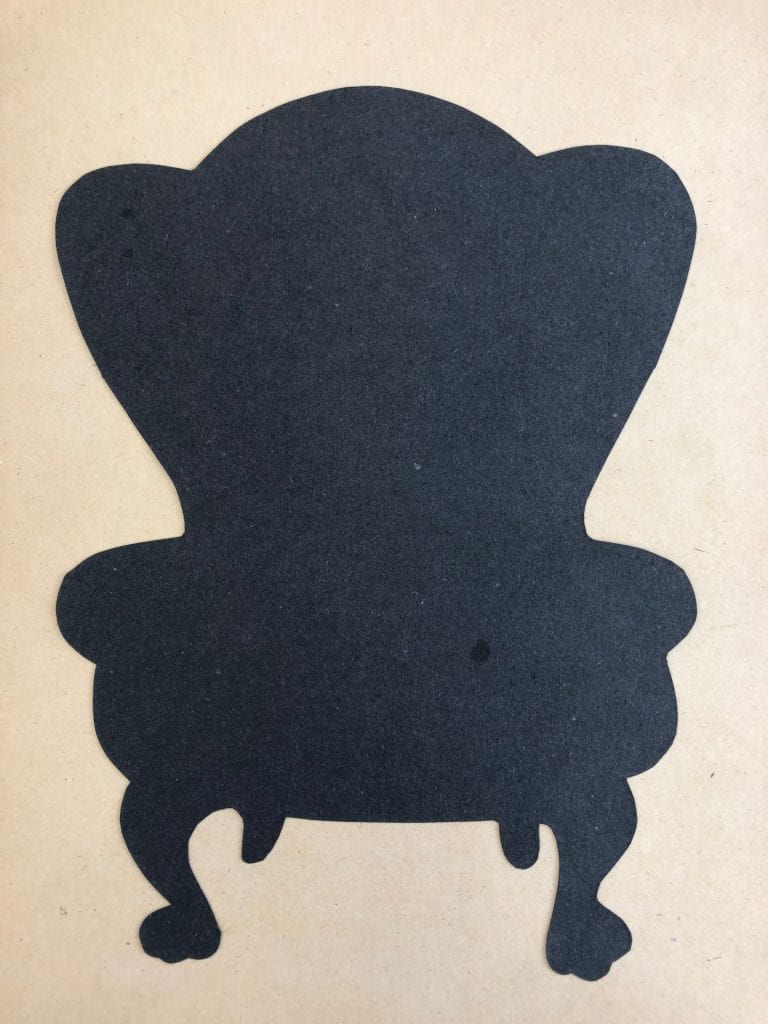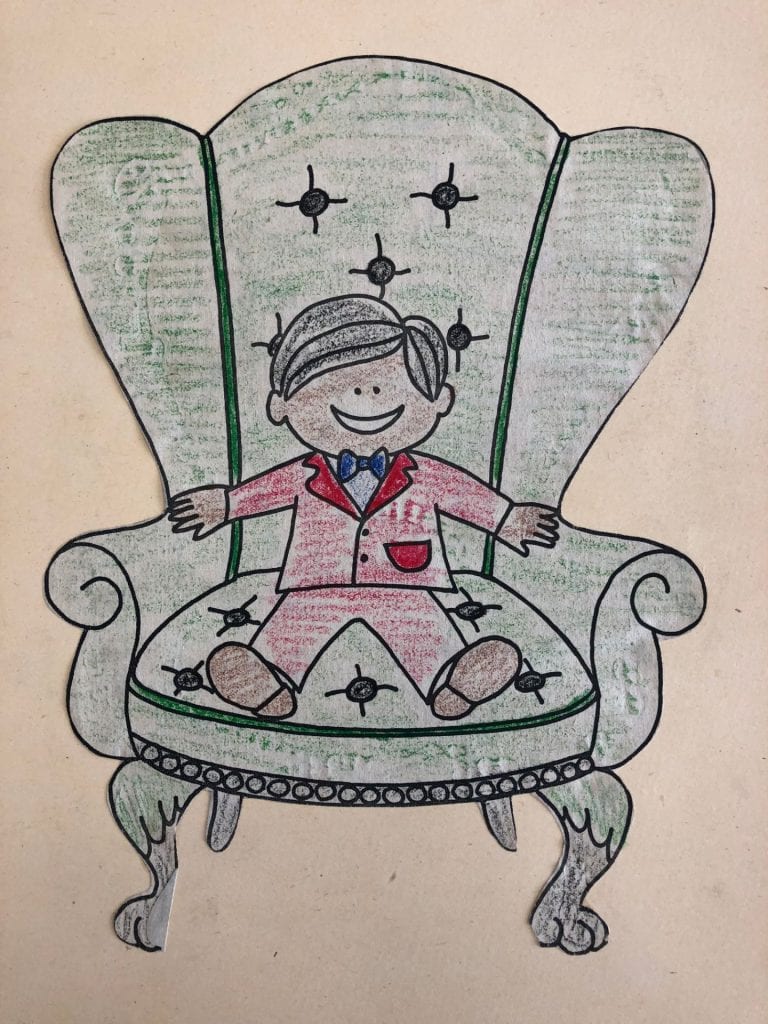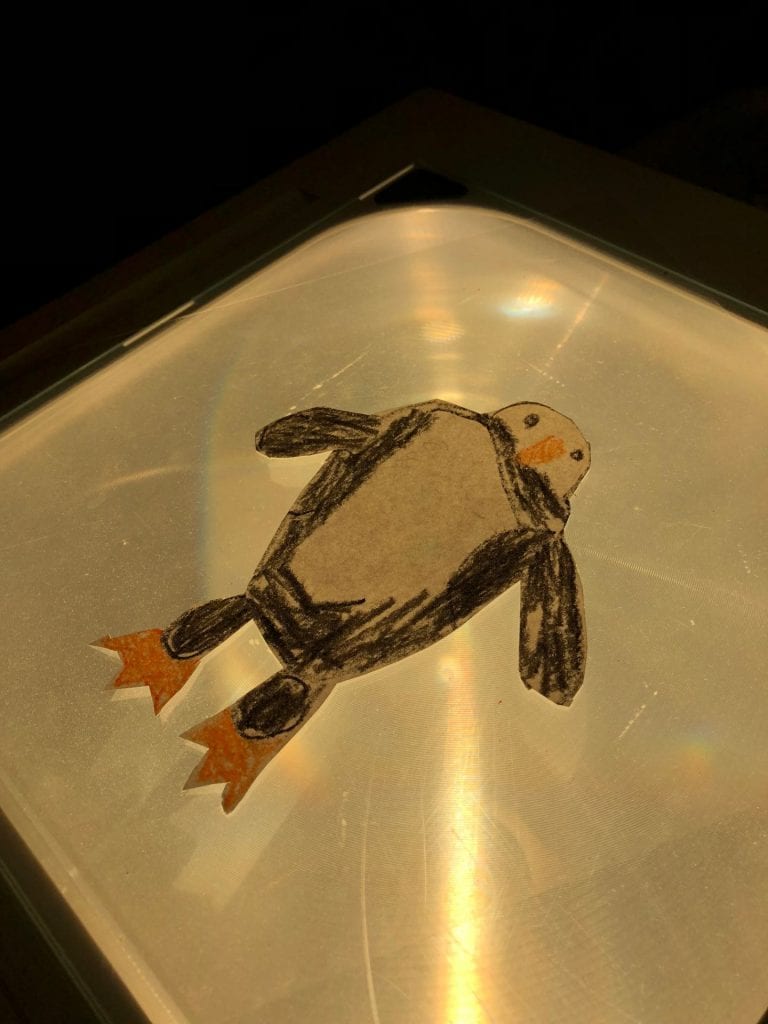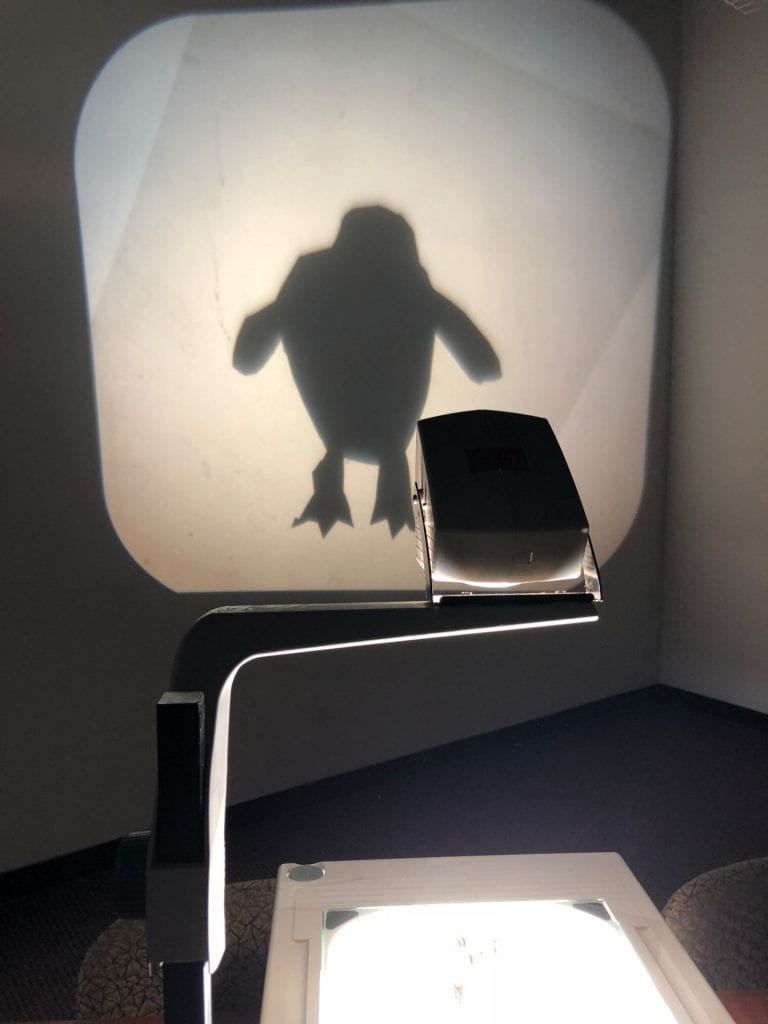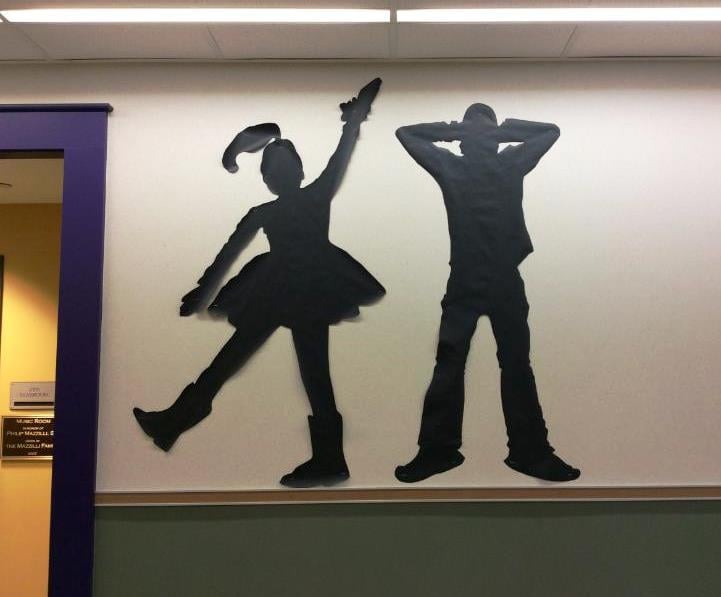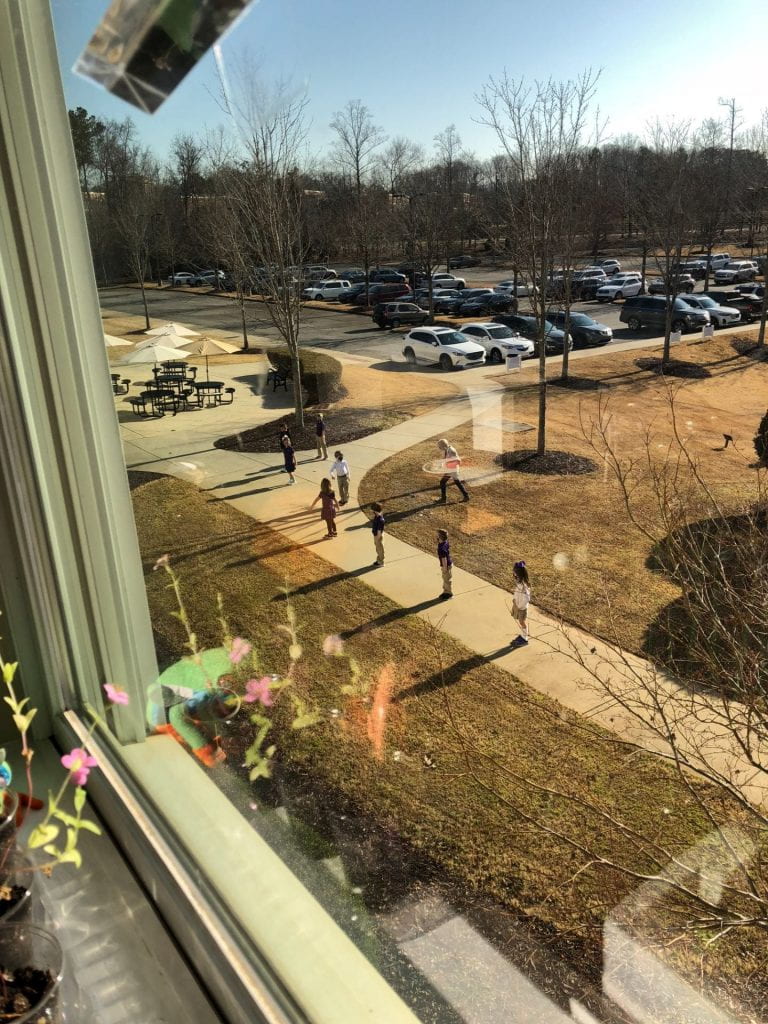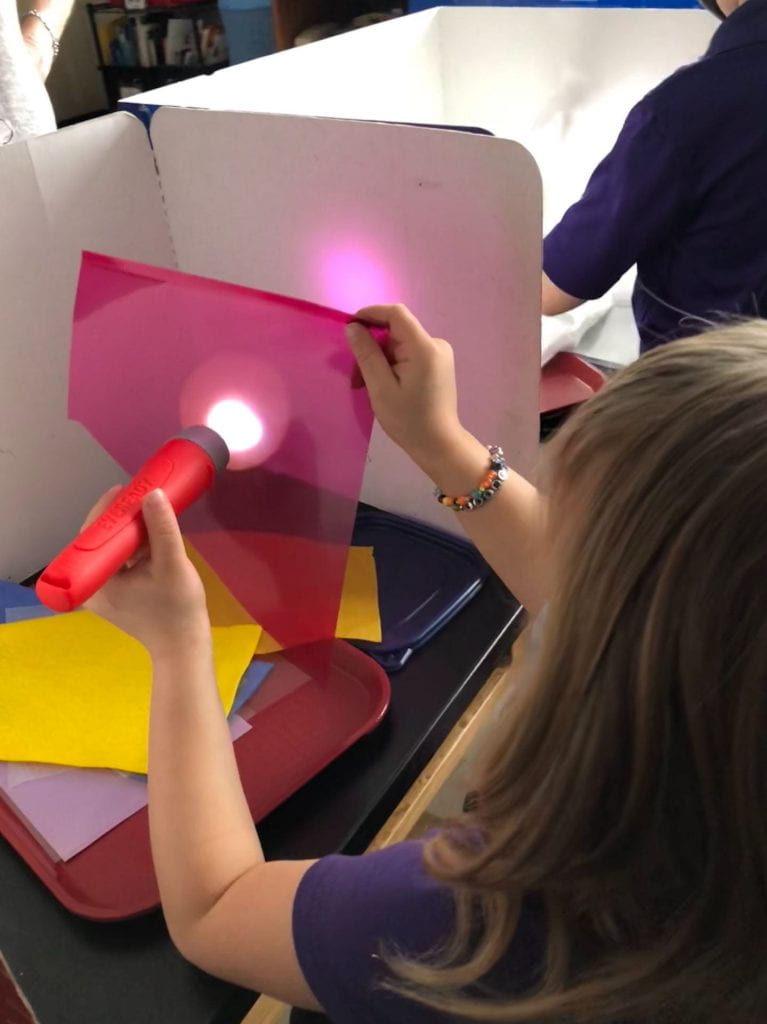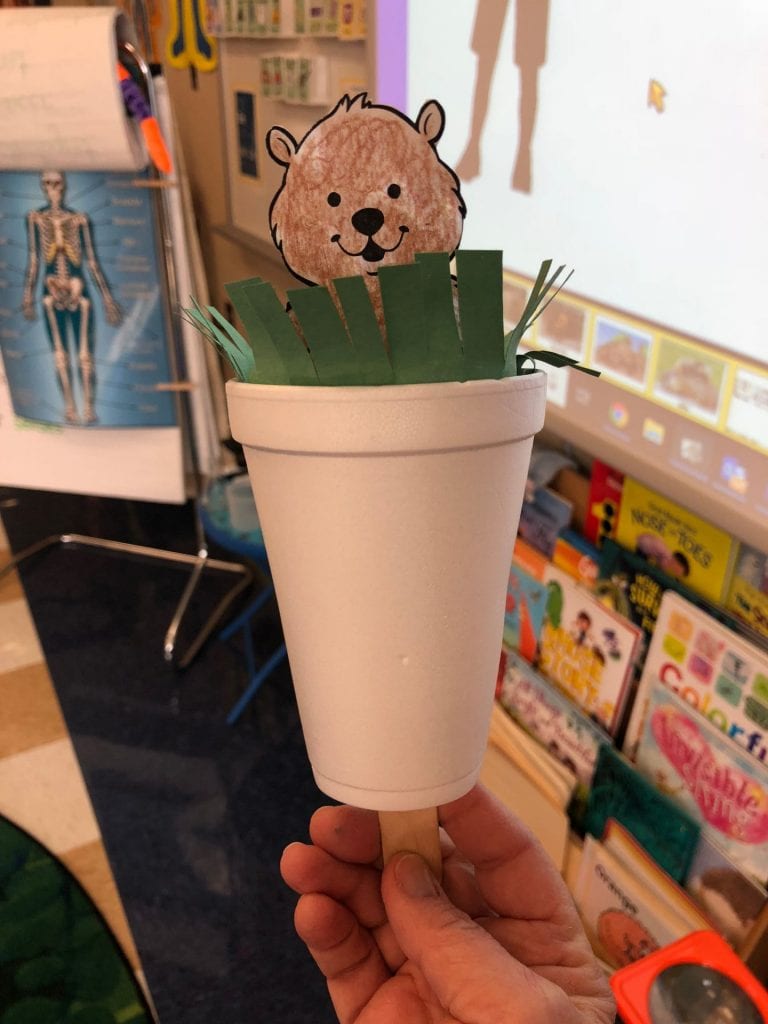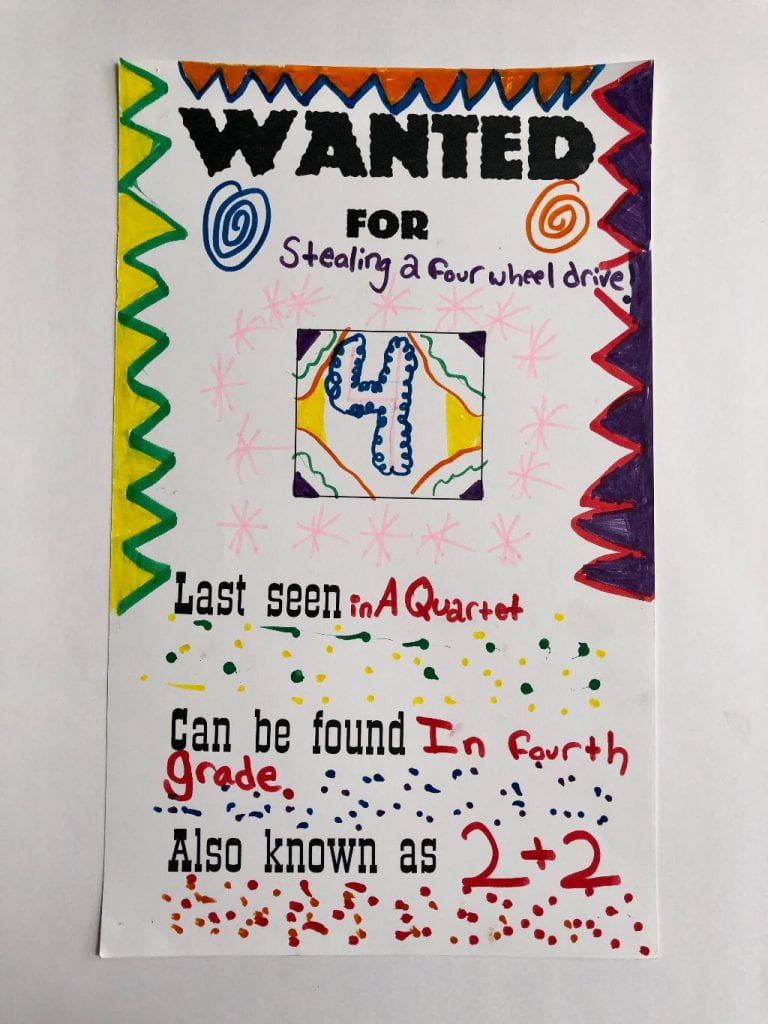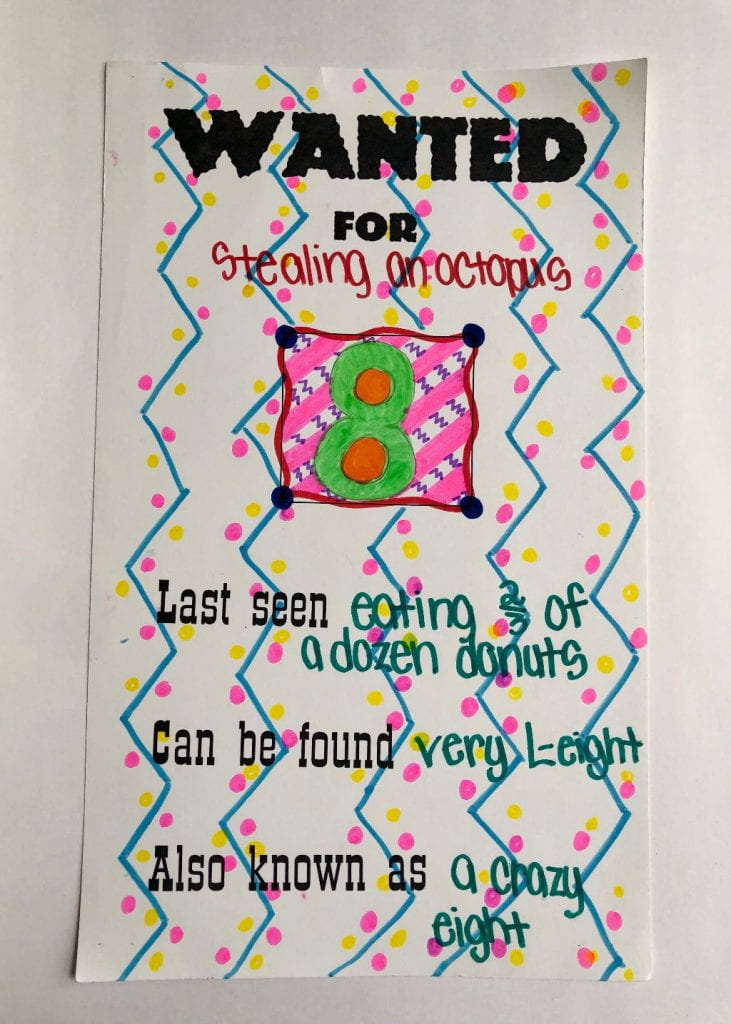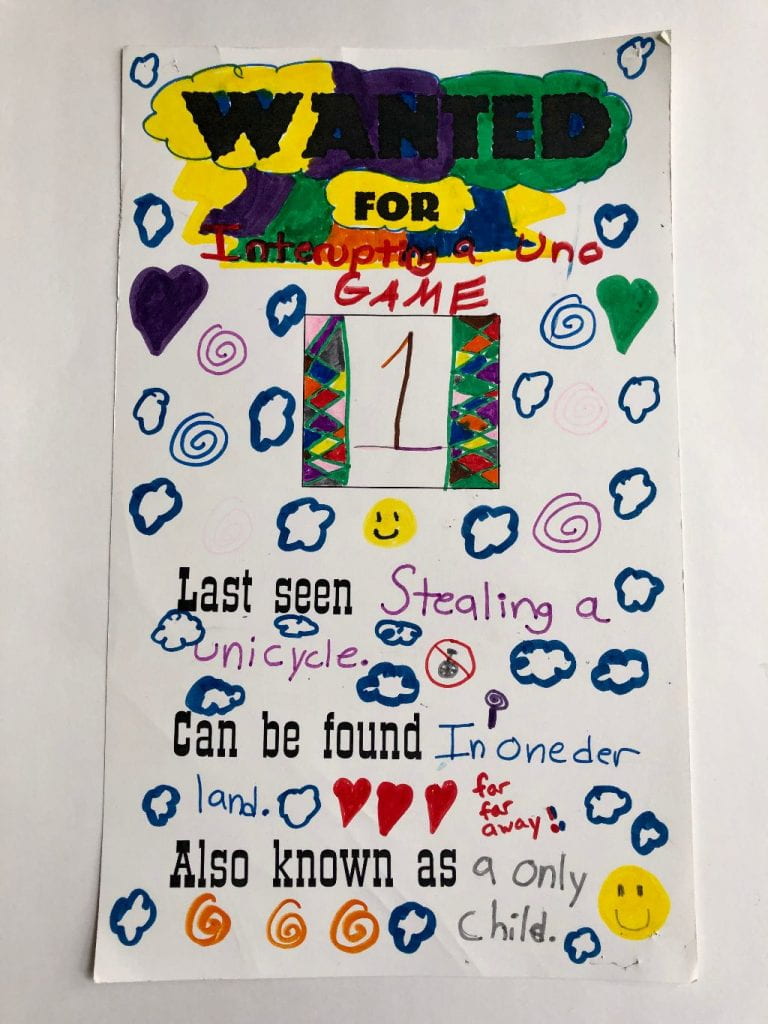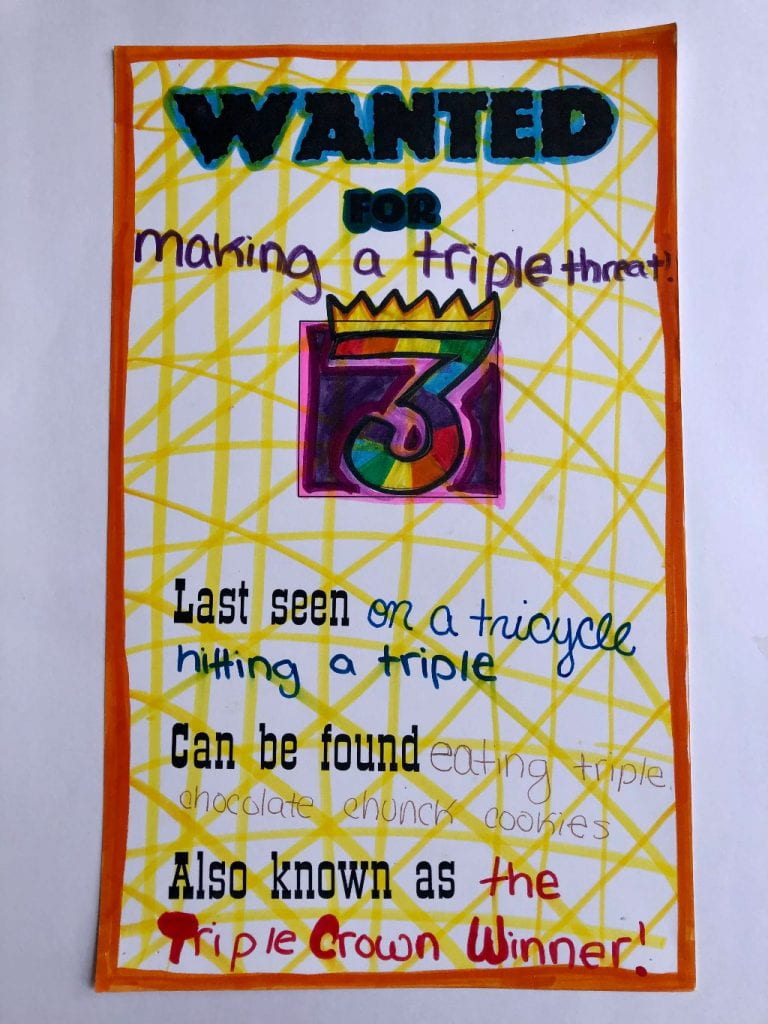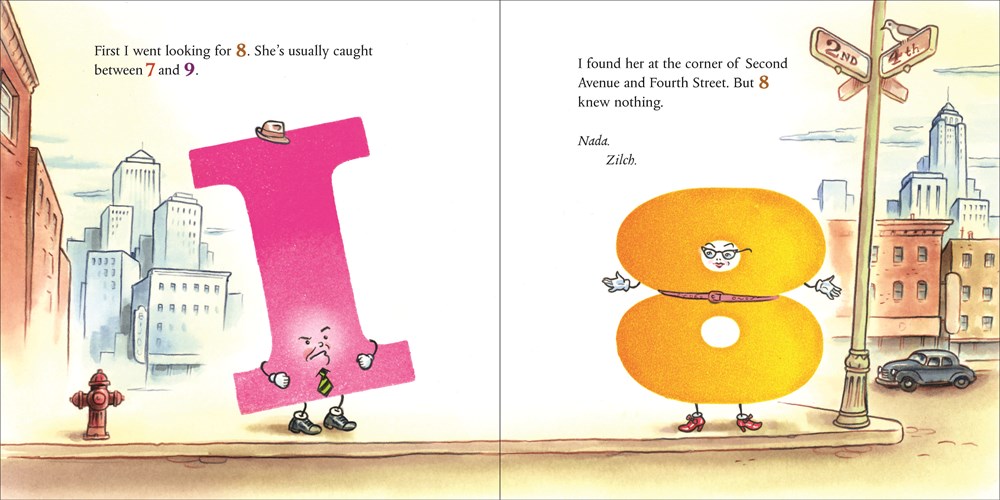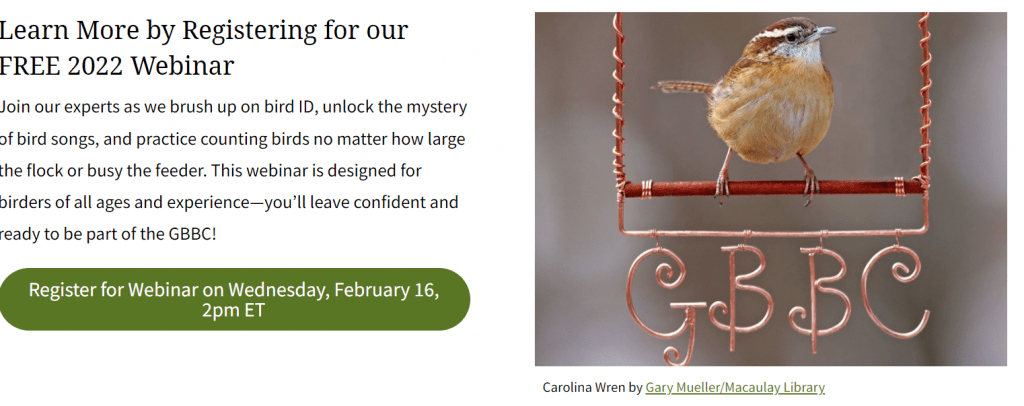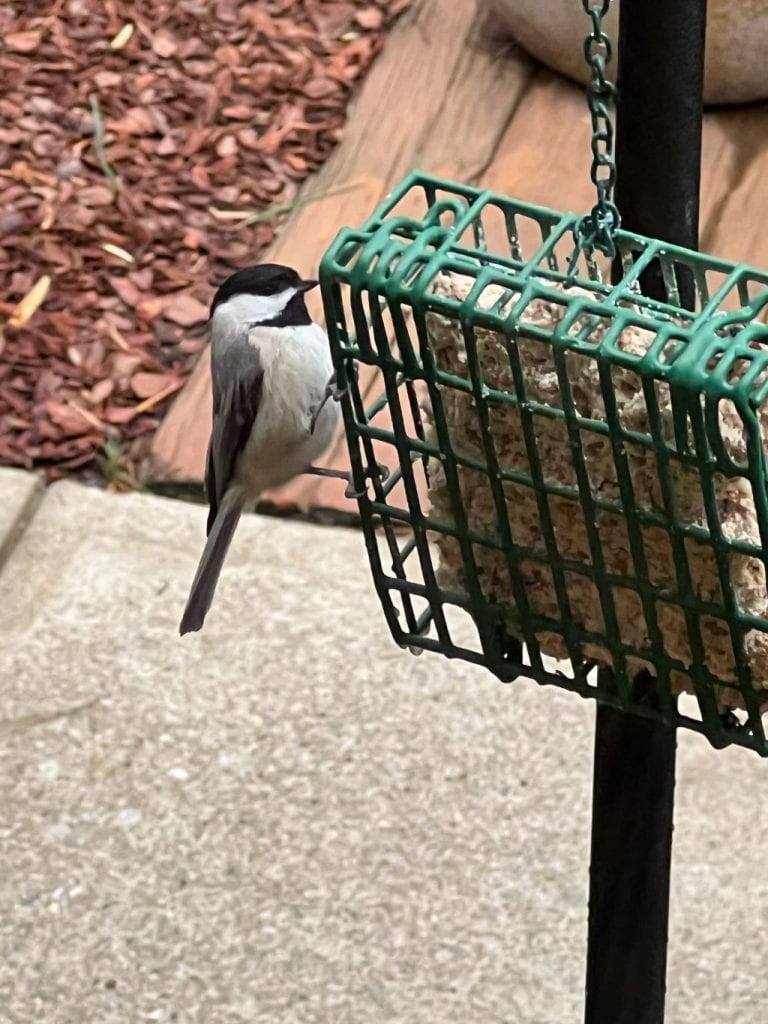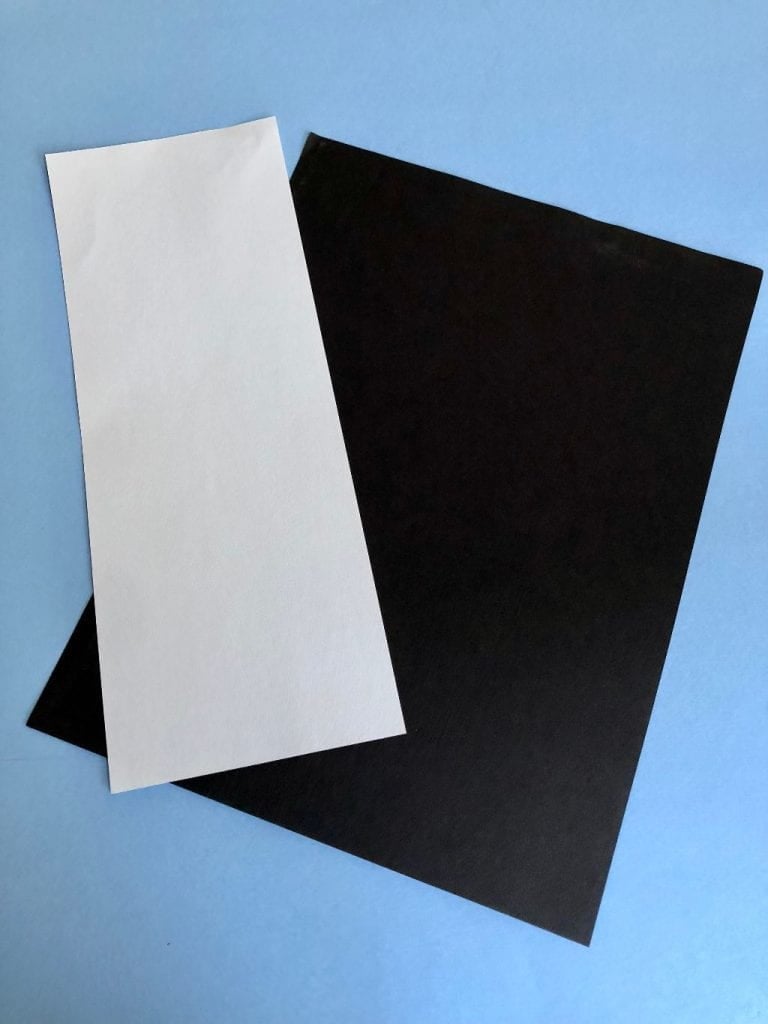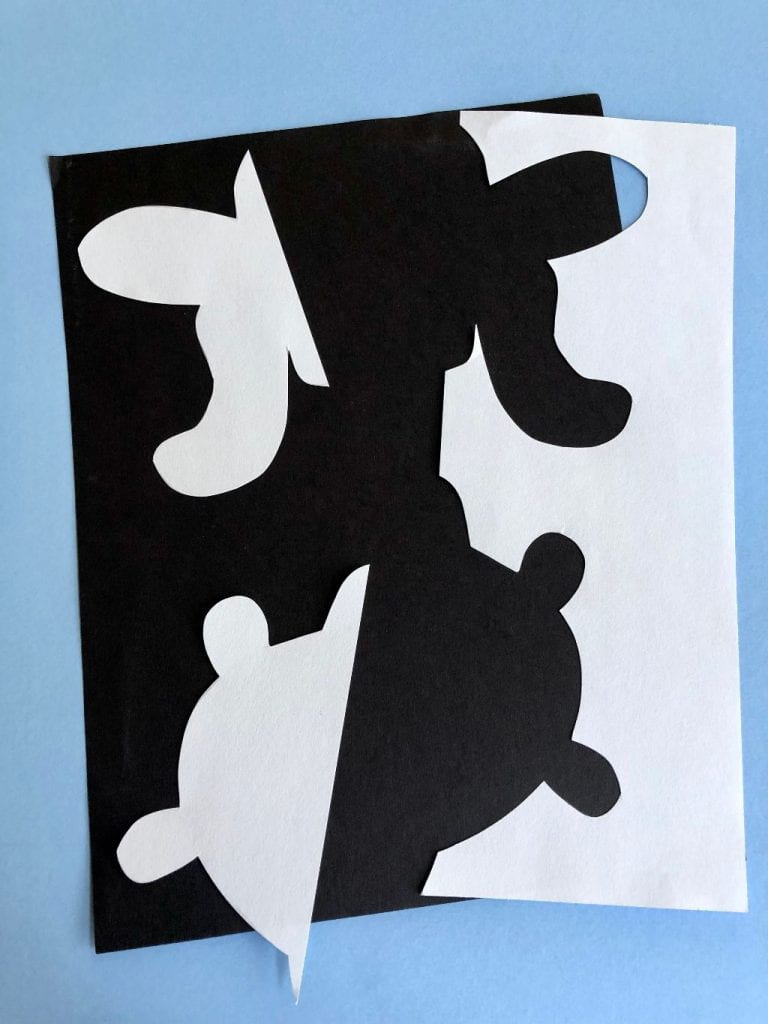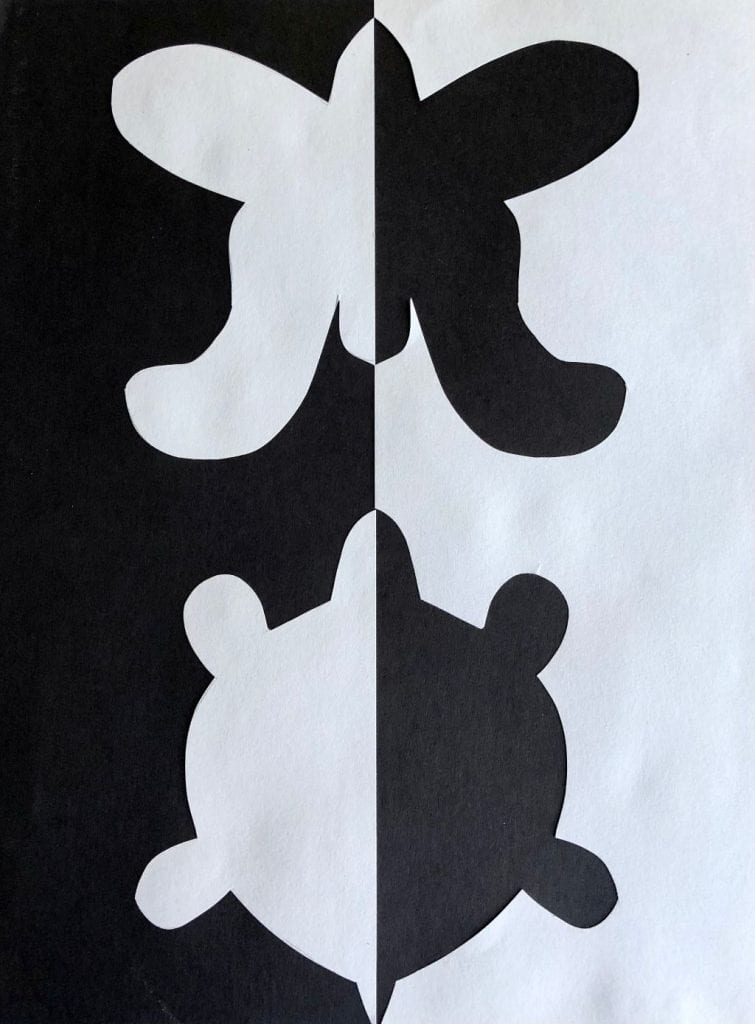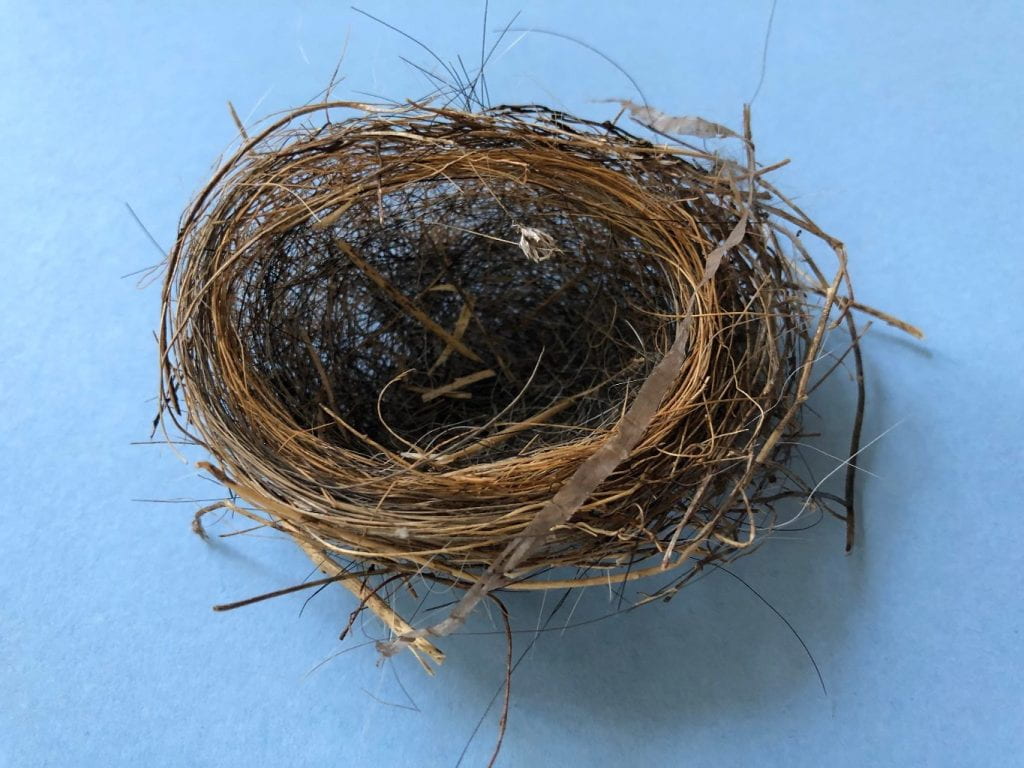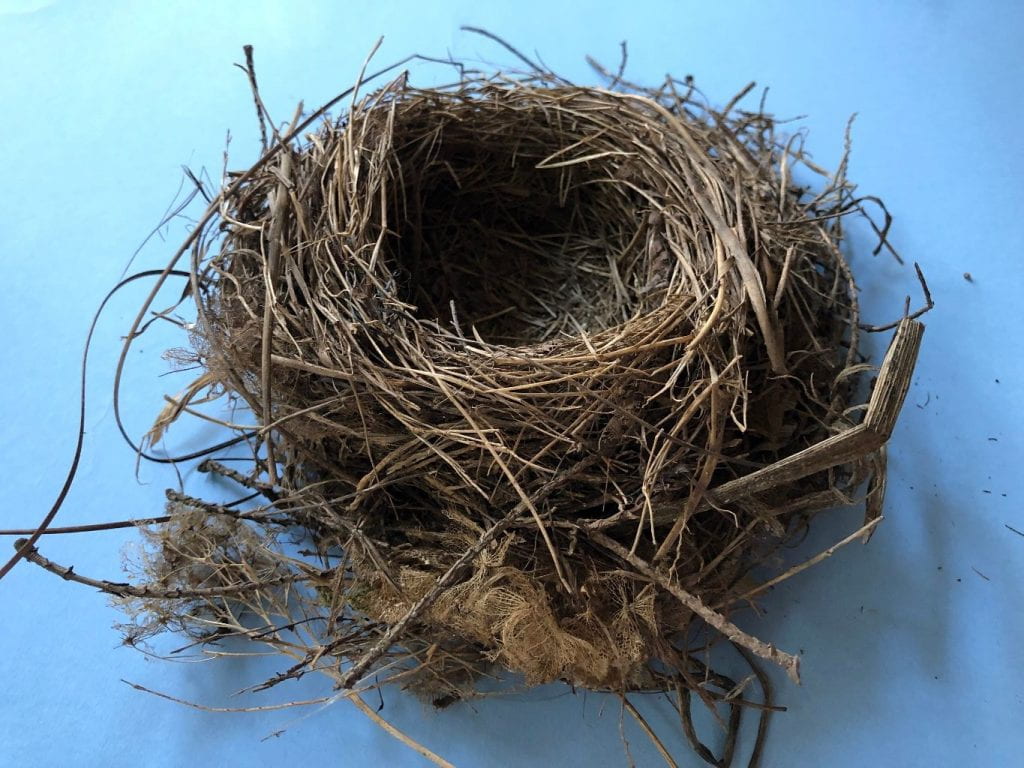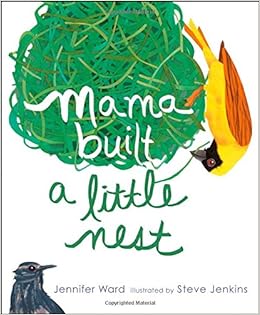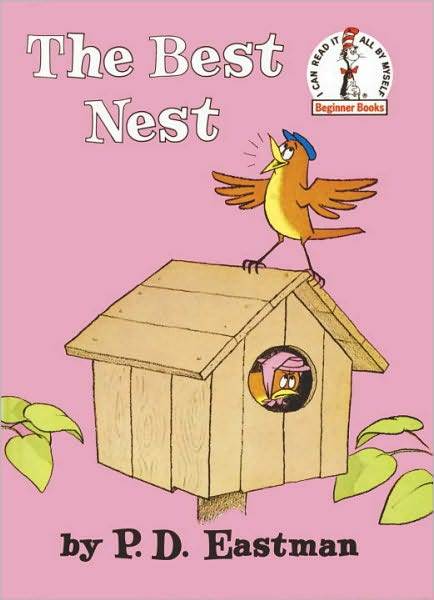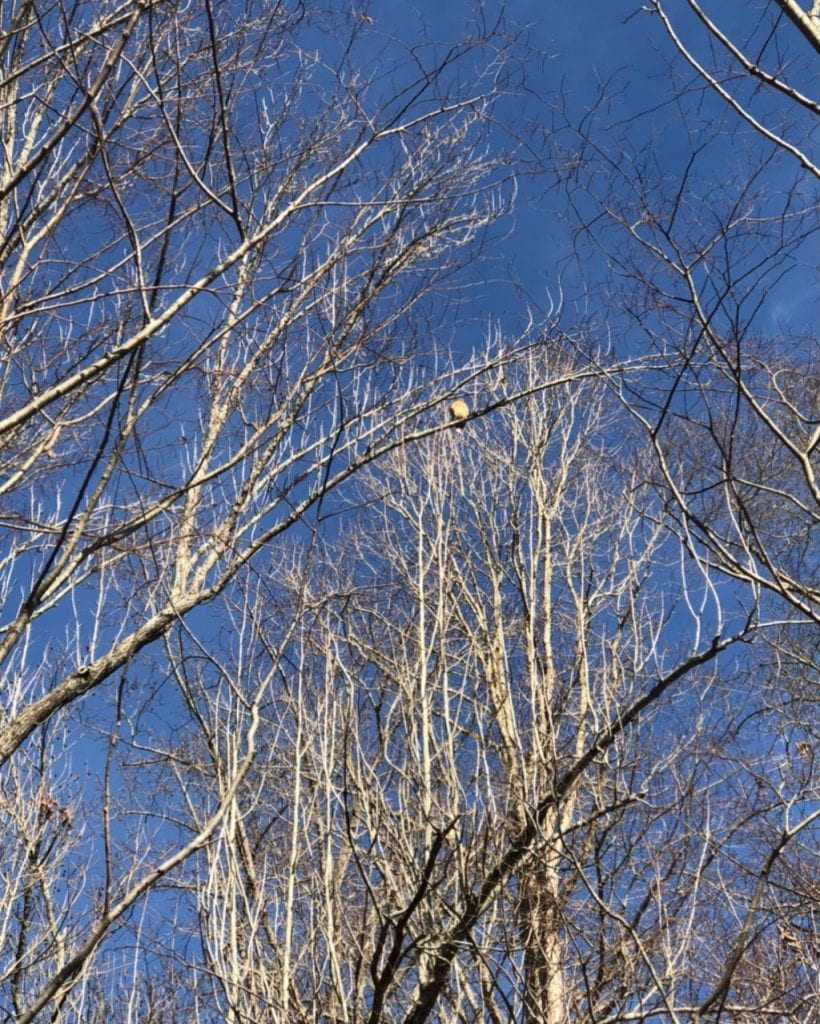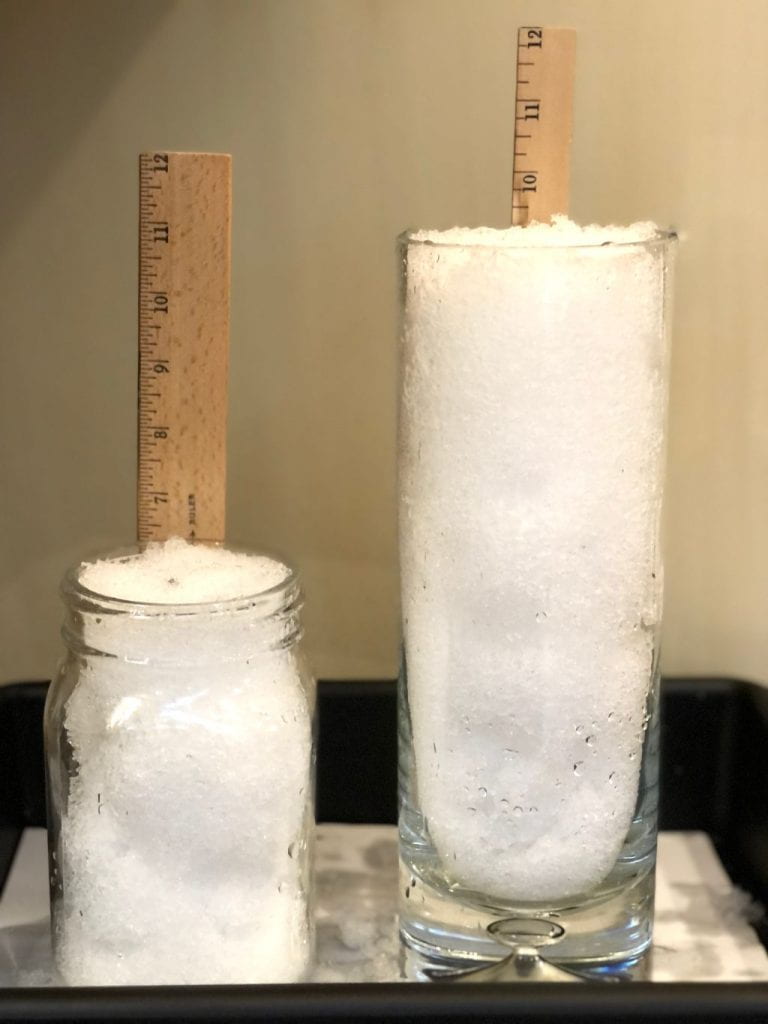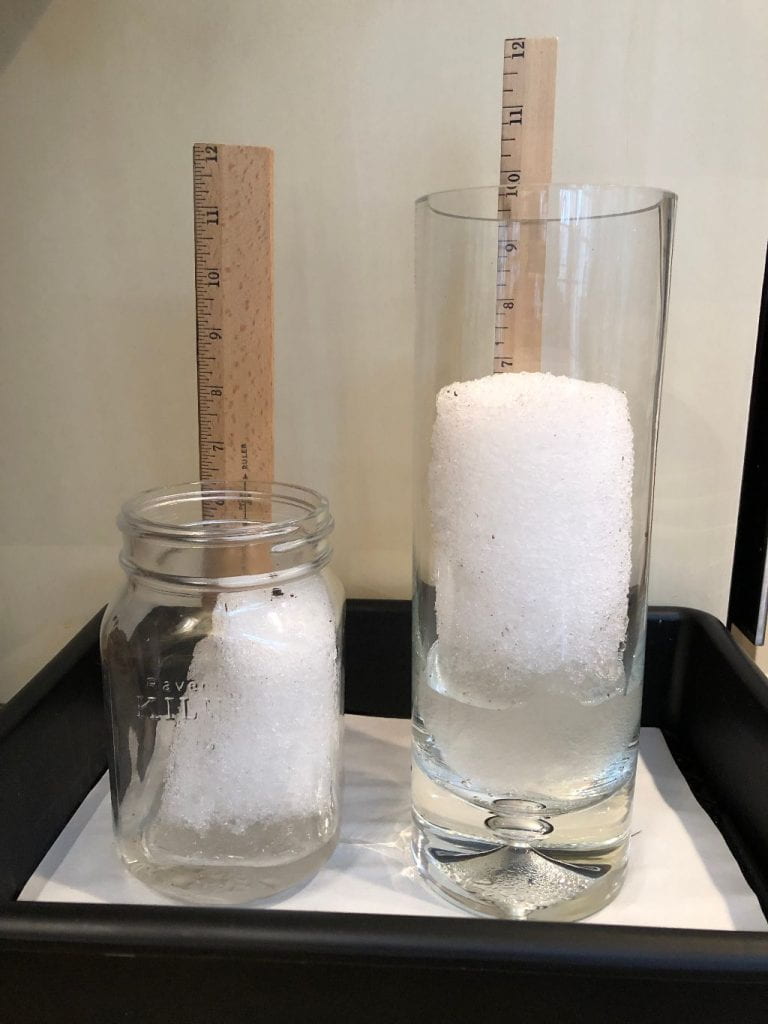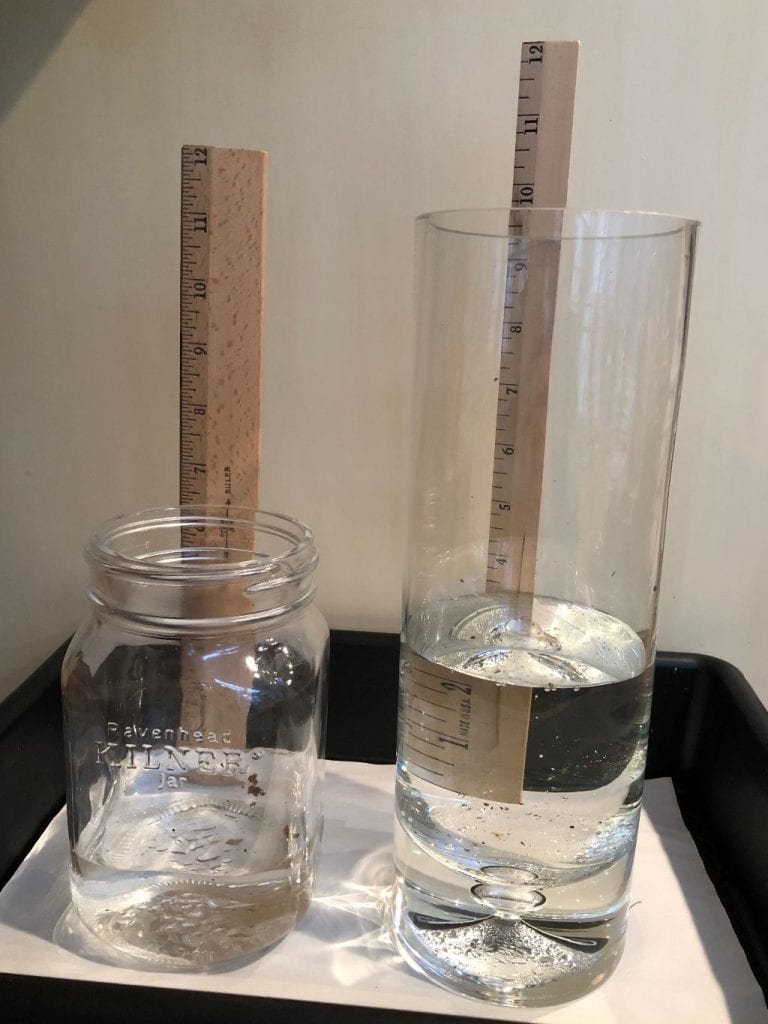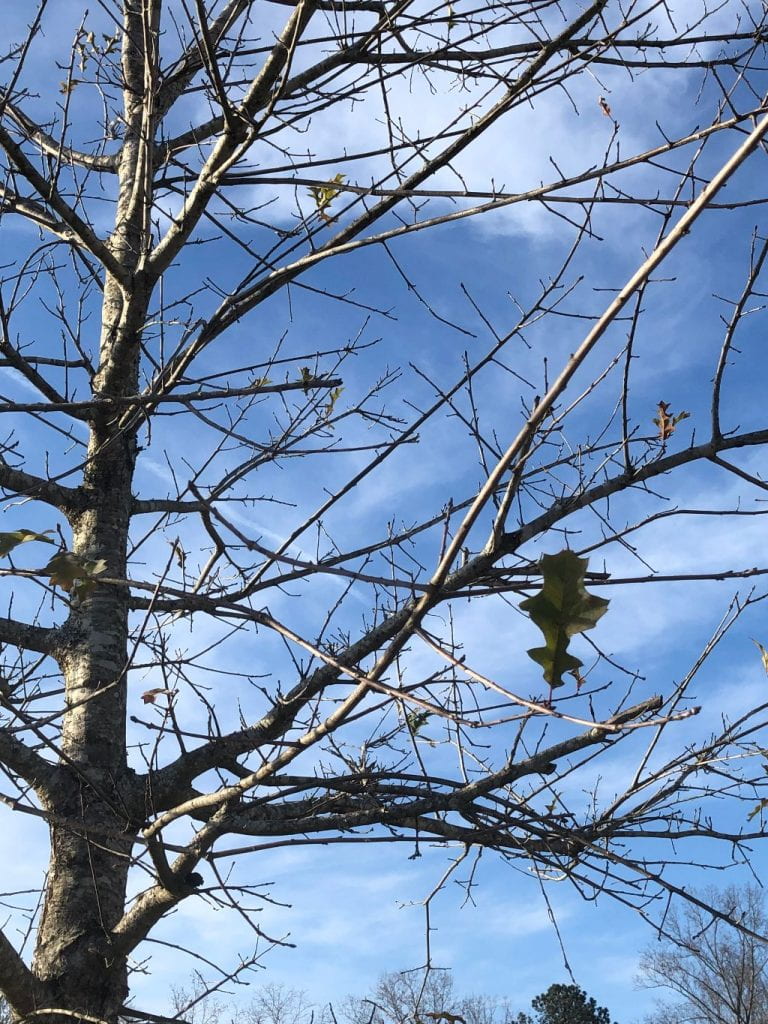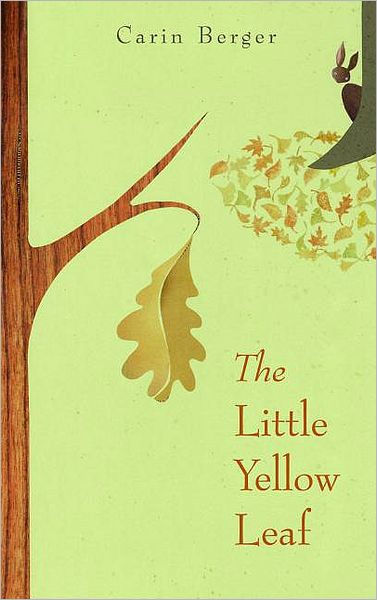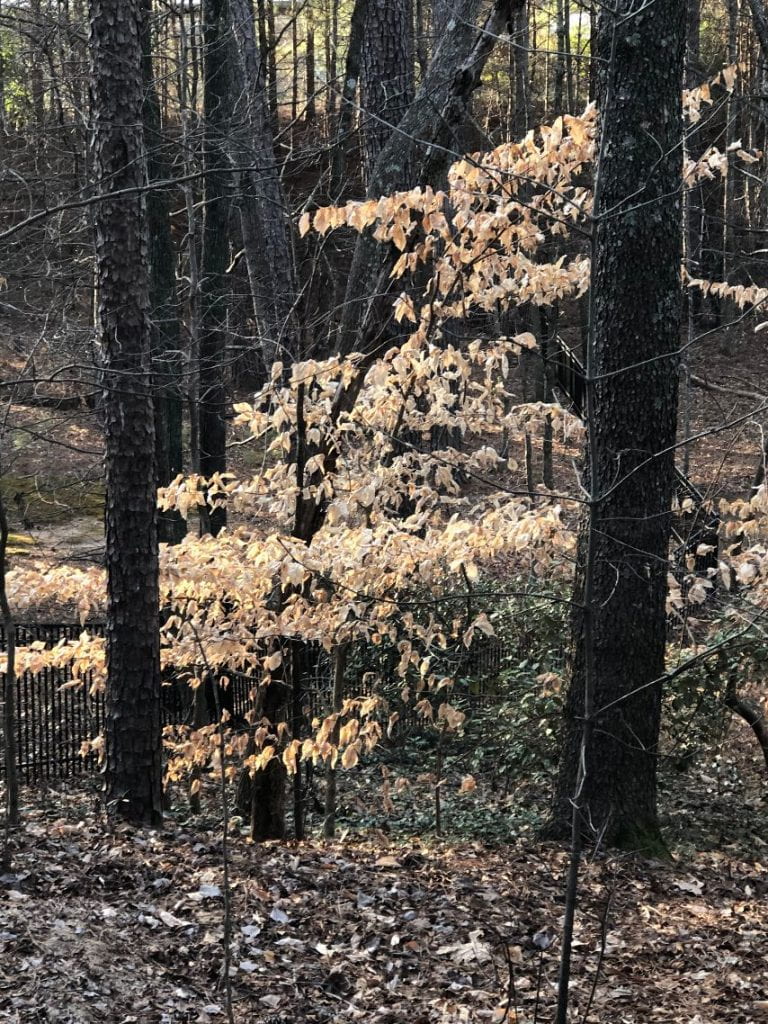Moss
In previous posts, I’ve encouraged you to look up for nests, around for tree bark, and down for tracks as you hike on a trail or in your neighborhood. On this excursion, look down once again and try to locate moss. Moss is a small flowerless green plant that lacks true roots, grows in damp or shady habitats, and reproduces by means of spores. Like other plants, moss does produce its own food through photosynthesis. There are 12,000 species of moss! Moss can benefit forests by forming a carpet that will slow down and retain water, thereby reducing soil erosion and helping to prevent water loss during dry periods. Click here to learn more about moss.
When you find a clump of moss, how easy is it to lift up a corner? What do you see underneath the plant?
You can find moss even in an urban setting!
Make a terrarium using moss. Click here for directions from the blog, Childhood by Nature. How many different species of moss can you find and identify?



